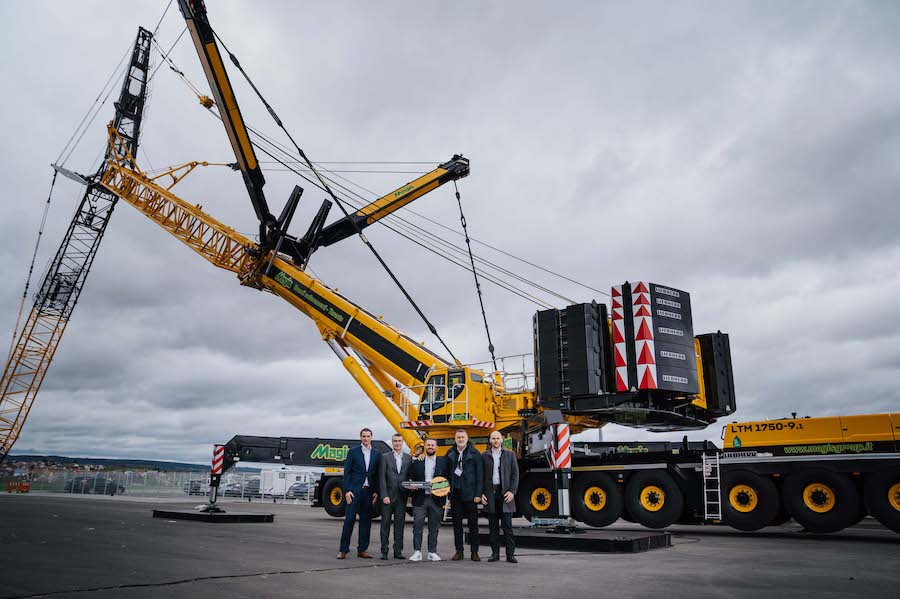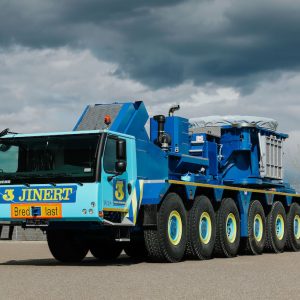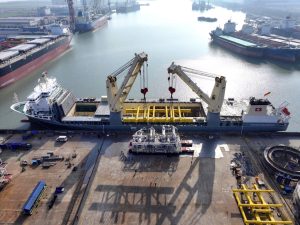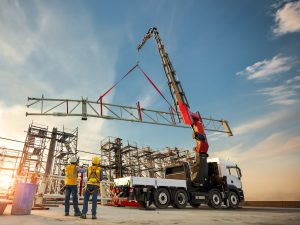Italian company Magis S.r.l. has taken delivery of a new LTM 1750-9.1 mobile crane from Liebherr-Werk Ehingen GmbH. The 9-axle LTM 1750-9.1 can carry its complete telescopic boom when driving on public roads. Due to its high lifting capacities and variable boom system, it can cover a wide range of jobs in industry, infrastructure and the energy sector. Its Y-telescopic boom guying enables the crane to achieve higher lifting capacities. The all-terrain crane is designed to ensure particularly short set-up times and great mobility. The extensive comfort and safety equipment, such as load charts for various wind speeds, round off the concept for the LTM 1750-9.1. An 800 tonne upgrade has been available since 2020, making this mobile crane significantly more powerful.
Andrea Caroppi, Technical and Commercial Director and Member of the Board of Directors at Magis S.r.l. comments: “The reasons for the investment in such an important vehicle are very wide-ranging and varied. The new crane expands the capacity of our portfolio. As for all the other new machines in our fleet, the decision was made to purchase from Liebherr because the company stands for technical reliability, performance, innovation and an eye for detail.”
The LTM 1750-9.1 is now the flagship in the Magis fleet. It is now the most powerful crane operated by the company and will replace an LTM 1500-8.1. The planned range of uses for the new LTM 1750-9.1 at Magis is extremely varied. The potential areas of work include both the new construction and demolition of plant and structures in the industrial sector, for example steelworks, chemical and petrochemical plants and prefabricated components, as well as the erection and maintenance of wind farms. “We believe that a crane of this type and capacity will enable us to complete hoisting work which has previously been beyond us, for example for the erection of wind turbines”, continues Andrea Caroppi.






